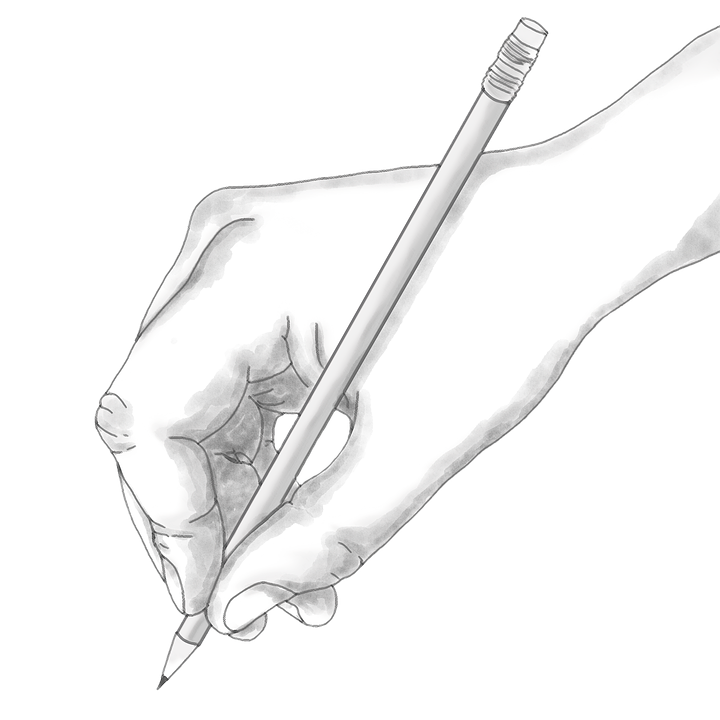In our work with engineering faculty through TECAID (Transforming Engineering Culture to Advance Inclusion and Diversity), we had the opportunity to draw on the foundational pedagogical tools and principles that inform much of the work that we do in higher education. By popular request, here is a description of an exercise we did during one of the TECAID workshops.
The Four Corners of Oppression is an effective exercise for faculty, staff, and students who are interested in advancing inclusion and diversity. This exercise also demonstrates the educational benefits of diversity: juxtaposing similarities and differences across experience can reveal frameworks and principles more effectively than in a typical didactic learning mode.
The Four Corners of Oppression
The Four Corners of Oppression* exercise is a simple discussion structure that allows participants to easily access the commonalities and specificity of individual experience as an analytic lens for understanding cultural patterns and norms. The dialogue resulting from this exercise has proven to be a powerful educational and community building experience that promotes inclusion and builds capacity for compassion and action. It serves as a model for how easily and effectively a group can transform personal experience into knowledge and awareness.
The Four Corners of Oppression exercise is designed to:
- frame discomfort and negative experience as an educational resource
- reveal the complexities of human behavior (our own and other’s)
- address conflict and highly charged incidents while minimizing polarization
- promote listening and self-reflection skills
Structure
Total time: 75 minutes
The following instructions are posted in the four corners of the room (one per corner):
- Describe a time when oppressive comments or actions were directed toward you (based on any aspect of your identity).
- Describe a time when you were the perpetrator of an oppressive act or comment.
- Describe a time when you witnessed an act of oppression and did nothing about it.
- Describe a time when you witnessed an act of oppression and intervened.

Participants work in small groups of 4-5. Each small group is assigned to a corner as a starting place. (In large groups, more than one group can be assigned to a corner, but all discussion remains within a small group.)
The first round consists of ten minutes during which each participant in a small group describes a life experience as directed by the instructions for that corner. Upon completion, each group stays together and moves to a new corner (e.g., all groups move clockwise to the next corner) and is again given ten minutes for each participant to follow the instructions in that corner. This movement continues for four rounds in total (so that each group has held a discussion in each of the four corners).
Upon completion of all four rounds, a large group discussion addresses what was learned by:
- an individual considering their own experience across the four categories of discussion
- listening to the varied experiences of the others in one’s group
- considering the similarities and differences in experiences related to social identity
- considering the full spectrum of experiences as represented by their group across all four categories
Facilitator Tips
- Be prepared to use your own experience as an example when introducing each of the four corners. This models risk taking and demonstrates the concepts.
- Within your own examples, demonstrate a range of experiences and identities and encourage participants to draw broadly on their own experience as well. For example, the experience in one corner might relate to gender, another corner might relate race, a third might relate to religion, and a fourth might relate to sexual orientation. Experiences might be drawn from professional life, family interactions, childhood, public venues, etc.
- Encourage groups to monitor the time internally in addition to your timekeeping so that all group members are able to contribute in each corner.
- Keep the debrief simple and expansive. The small group discussion is typically very generative and can be emotional; the large group discussion needs to foster integration rather driving participants toward a specific outcome or conclusion.
- Ideally, the debrief is followed by a non-structured opportunity for participants to interact and follow up with each other (e.g., a break or a meal).
*This version of the Four Corners of Oppression exercise was originally described by myself (Diana Kardia) and my colleague Todd Sevig in the chapter “Embracing the Paradox: Dialogue that Incorporates both Individual and Group Identities” in Intergroup Dialogue: Deliberative Democracy in School, College, Community and Workplace, edited by Davide Schoem and Sylvia Hurtado.



